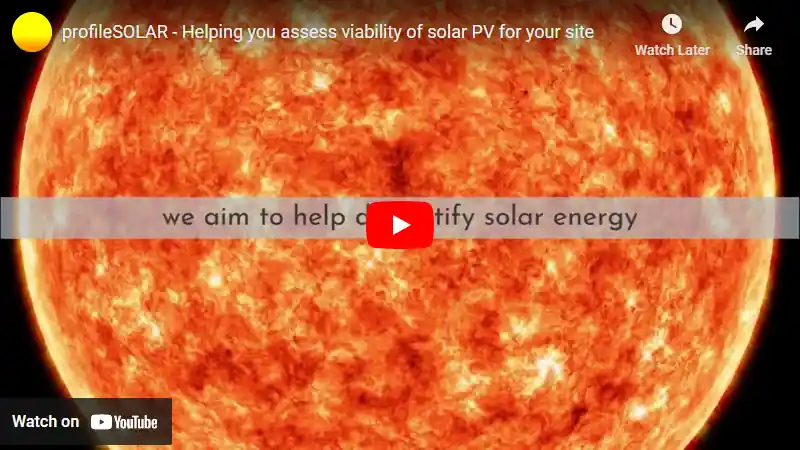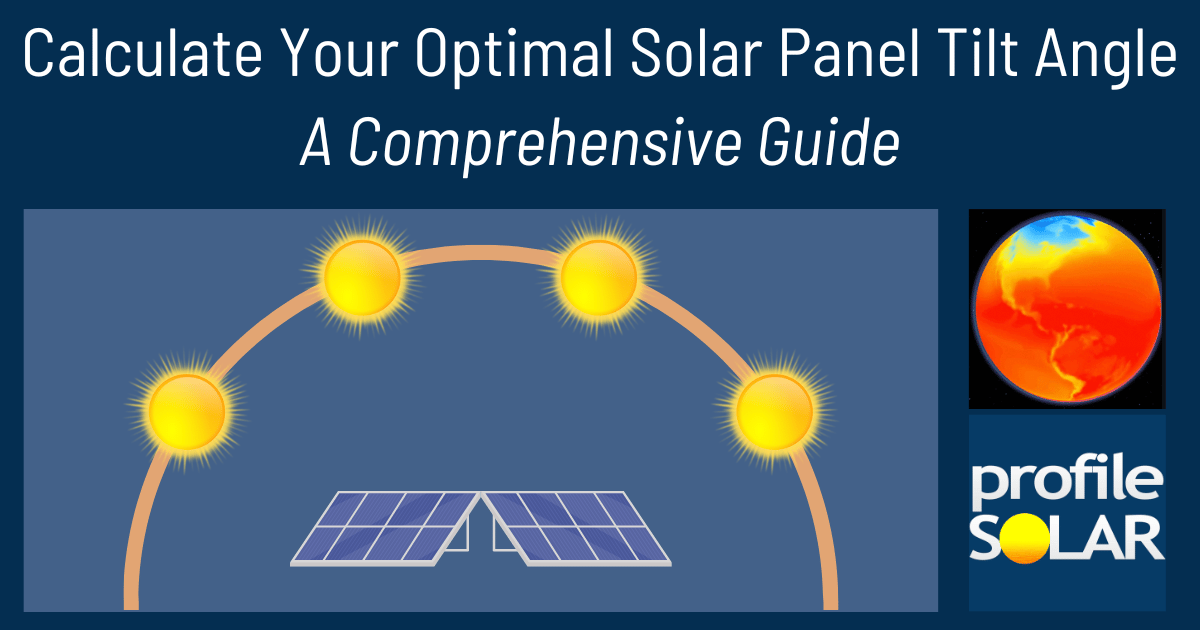

Solar Energy Potential in Hartbeespoort, North West, South Africa
Hartbeespoort, North West, located in the Southern Sub Tropics of South Africa, offers a promising location for solar energy generation throughout the year. The area's geographical position and climate contribute to its favorable conditions for solar PV installations.Seasonal Solar Output
The solar energy potential in Hartbeespoort varies across the seasons, with spring being the most productive period. During spring, solar panels can generate an impressive 7.11 kWh per day for each kilowatt of installed capacity. Summer follows closely with 6.40 kWh/day, while autumn produces 5.85 kWh/day. Winter, although less productive, still maintains a respectable output of 4.94 kWh/day.Ideal Panel Placement
To maximize year-round solar production in Hartbeespoort, North West, fixed solar panels should be tilted at a 24-degree angle facing north. This optimal angle takes into account the location's latitude and the sun's position throughout the year, ensuring the best possible energy capture across all seasons.Environmental Considerations
While Hartbeespoort generally offers excellent conditions for solar energy production, there are a few environmental factors to consider: 1. Dust and pollen: The area's dry climate can lead to dust accumulation on solar panels, potentially reducing their efficiency. Regular cleaning and maintenance can mitigate this issue. 2. Occasional hailstorms: Although rare, hailstorms can occur in the region. Installing hail-resistant panels or protective covers can safeguard against potential damage. 3. Seasonal rainfall: The rainy season, typically during summer months, may temporarily reduce solar output. However, the rain also helps clean the panels, which can improve efficiency in the long run.Preventative Measures
To ensure optimal solar energy production in Hartbeespoort, North West, consider implementing the following measures: 1. Use self-cleaning or hydrophobic coatings on solar panels to reduce dust accumulation. 2. Install a monitoring system to track performance and identify any issues promptly. 3. Conduct regular maintenance checks, especially before and after the rainy season. 4. Consider a tracking system to further optimize solar capture throughout the day, particularly during the less productive winter months. Overall, Hartbeespoort's location provides excellent conditions for solar energy generation, with only minor environmental challenges that can be effectively managed through proper installation and maintenance practices.Note: The Southern Sub Tropics extend from -23.5° latitude South down to -35° latitude.
So far, we have conducted calculations to evaluate the solar photovoltaic (PV) potential in 145 locations across South Africa. This analysis provides insights into each city/location's potential for harnessing solar energy through PV installations.
Link: Solar PV potential in South Africa by location
Solar output per kW of installed solar PV by season in Hartbeespoort
Seasonal solar PV output for Latitude: -25.6356, Longitude: 27.7849 (Hartbeespoort, South Africa), based on our analysis of 8760 hourly intervals of solar and meteorological data (one whole year) retrieved for that set of coordinates/location from NASA POWER (The Prediction of Worldwide Energy Resources) API:




Ideally tilt fixed solar panels 24° North in Hartbeespoort, South Africa
To maximize your solar PV system's energy output in Hartbeespoort, South Africa (Lat/Long -25.6356, 27.7849) throughout the year, you should tilt your panels at an angle of 24° North for fixed panel installations.
As the Earth revolves around the Sun each year, the maximum angle of elevation of the Sun varies by +/- 23.45 degrees from its equinox elevation angle for a particular latitude. Finding the exact optimal angle to maximise solar PV production throughout the year can be challenging, but with careful consideration of historical solar energy and meteorological data for a certain location, it can be done precisely.
We use our own calculation, which incorporates NASA solar and meteorological data for the exact Lat/Long coordinates, to determine the ideal tilt angle of a solar panel that will yield maximum annual solar output. We calculate the optimal angle for each day of the year, taking into account its contribution to the yearly total PV potential at that specific location.

Seasonally adjusted solar panel tilt angles for Hartbeespoort, South Africa
If you can adjust the tilt angle of your solar PV panels, please refer to the seasonal tilt angles below for optimal solar energy production in Hartbeespoort, South Africa. As mentioned earlier, for fixed-panel solar PV installations, it is optimal to maintain a 24° North tilt angle throughout the year.
| Overall Best Summer Angle | Overall Best Autumn Angle | Overall Best Winter Angle | Overall Best Spring Angle |
|---|---|---|---|
| 10° North in Summer | 31° North in Autumn | 41° North in Winter | 19° North in Spring |
Our recommendations take into account more than just latitude and Earth's position in its elliptical orbit around the Sun. We also incorporate historical solar and meteorological data from NASA's Prediction of Worldwide Energy Resources (POWER) API to assign a weight to each ideal angle for each day based on its historical contribution to overall solar PV potential during a specific season.
This approach allows us to provide much more accurate recommendations than relying solely on latitude, as it considers unique weather conditions in different locations sharing the same latitude worldwide.
Calculate solar panel row spacing in Hartbeespoort, South Africa
We've added a feature to calculate minimum solar panel row spacing by location. Enter your panel size and orientation below to get the minimum spacing in Hartbeespoort, South Africa.
Our calculation method
- Solar Position:
We determine the Sun's position on the Winter solstice using the location's latitude and solar declination. - Shadow Projection:
We calculate the shadow length cast by panels using trigonometry, considering panel tilt and the Sun's elevation angle. - Minimum Spacing:
We add the shadow length to the horizontal space occupied by tilted panels.
This approach ensures maximum space efficiency while avoiding shading during critical times, as the Winter solstice represents the worst-case scenario for shadow length.
Topography for solar PV around Hartbeespoort, South Africa
The area surrounding Hartbeespoort, South Africa, is characterized by diverse and picturesque topography. Located in the North West Province, this region is part of the Magaliesberg mountain range, which forms a prominent feature of the landscape. The terrain is a mix of rolling hills, steep ridges, and flat plains, creating a visually striking environment. To the north of Hartbeespoort, the land rises into the Magaliesberg mountains, with rocky outcrops and forested slopes. These mountains provide a dramatic backdrop to the area and offer panoramic views of the surrounding countryside. The southern side of Hartbeespoort is dominated by the large Hartbeespoort Dam, a man-made reservoir that adds a significant water feature to the landscape. The area to the east and west of Hartbeespoort consists of gentler terrain, with undulating grasslands and scattered bushveld vegetation. This transition zone between the mountains and the lowveld creates a varied topography that supports diverse ecosystems and agricultural activities.
Potential for Large-Scale Solar PV
When considering areas nearby that would be most suited to large-scale solar photovoltaic (PV) installations, several factors come into play. The ideal locations for solar PV would be relatively flat areas with good sun exposure and minimal shading from surrounding terrain or vegetation. The plains to the south and southeast of Hartbeespoort offer promising potential for solar PV development. These areas generally have flatter topography, which would simplify construction and minimize the need for extensive land preparation. The open nature of these plains also ensures good solar exposure throughout the day, maximizing energy generation potential. Areas to the west and southwest of Hartbeespoort, extending towards the neighboring town of Brits, could also be suitable for large-scale solar installations. This region features expansive agricultural lands with relatively level terrain, providing ample space for solar arrays without significant topographical obstacles. It's important to note that while the mountainous areas to the north offer excellent solar radiation due to their elevation, the rugged terrain and potential environmental sensitivities may make large-scale solar development less practical in these locations. Any solar PV project would need to consider factors beyond topography, such as proximity to existing electrical infrastructure, land ownership, and environmental impact assessments. However, the diverse landscape around Hartbeespoort provides several options for potential solar energy development, contributing to South Africa's growing renewable energy sector.South Africa solar PV Stats as a country
South Africa ranks 21st in the world for cumulative solar PV capacity, with 6,221 total MW's of solar PV installed. This means that 2.00% of South Africa's total energy as a country comes from solar PV (that's 34th in the world). Each year South Africa is generating 105 Watts from solar PV per capita (South Africa ranks 38th in the world for solar PV Watts generated per capita). [source]
Are there incentives for businesses to install solar in South Africa?
Yes, there are several incentives for businesses wanting to install solar energy in South Africa. The government offers a range of financial incentives and tax breaks for businesses that invest in renewable energy projects. These include the Renewable Energy Feed-in Tariff (REFIT) program, which provides long-term contracts with guaranteed prices for electricity generated from renewable sources; the Accelerated Depreciation Allowance (ADA), which allows businesses to deduct up to 50% of their capital expenditure on renewable energy projects from their taxable income; and the Small Scale Embedded Generation (SSEG) program, which provides financial support for small-scale solar installations. Additionally, some local governments offer grants or subsidies to help offset the cost of installing solar systems.
Do you have more up to date information than this on incentives towards solar PV projects in South Africa? Please reach out to us and help us keep this information current. Thanks!
Citation Guide
Article Details for Citation
Author: Aaron Robinson
Publisher: profileSOLAR.com
First Published: Tuesday 22nd of October 2024
Last Updated: Thursday 24th of October 2024
Tell Us About Your Work
We love seeing how our research helps others! If you've cited this article in your work, we'd be delighted to hear about it. Drop us a line via our Contact Us page or on X, to share where you've used our information - we may feature a link to your work on our site. This helps create a network of valuable resources for others in the solar energy community and helps us understand how our research is contributing to the field. Plus, we occasionally highlight exceptional works that reference our research on our social media channels.
Feeling generous?

Share this with your friends!


Compare this location to others worldwide for solar PV potential
The solar PV analyses available on our website, including this one, are offered as a free service to the global community. Our aim is to provide education and aid informed decision-making regarding solar PV installations.
However, please note that these analyses are general guidance and may not meet specific project requirements. For in-depth, tailored forecasts and analysis crucial for feasibility studies or when pursuing maximum ROI from your solar projects, feel free to contact us; we offer comprehensive consulting services expressly for this purpose.
Helping you assess viability of solar PV for your site
Calculate Your Optimal Solar Panel Tilt Angle: A Comprehensive Guide
Enhance your solar panel's performance with our in-depth guide. Determine the best tilt angle using hard data, debunk common misunderstandings, and gain insight into how your specific location affects solar energy production.







